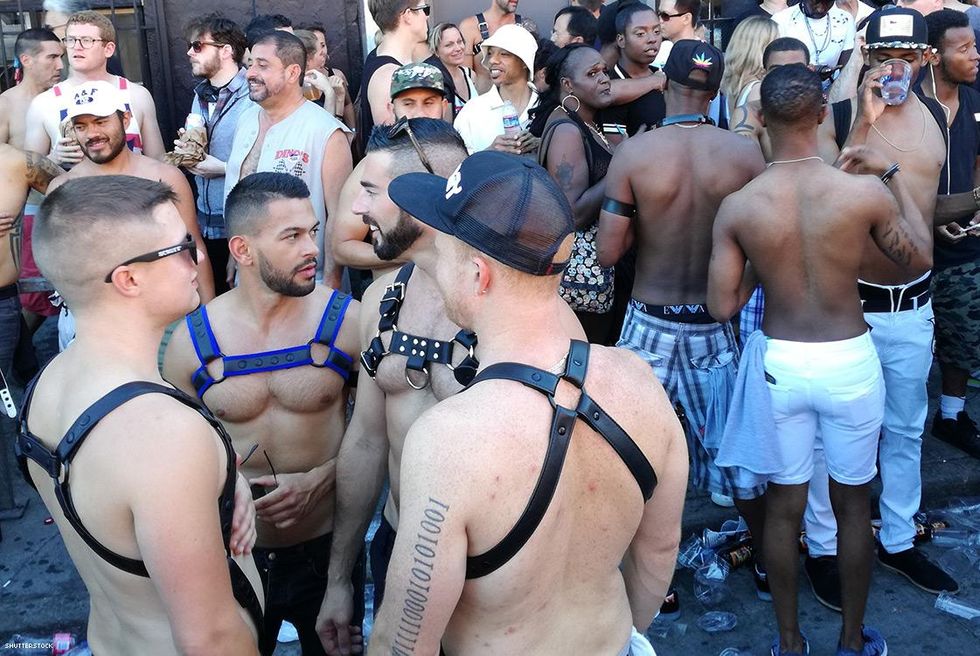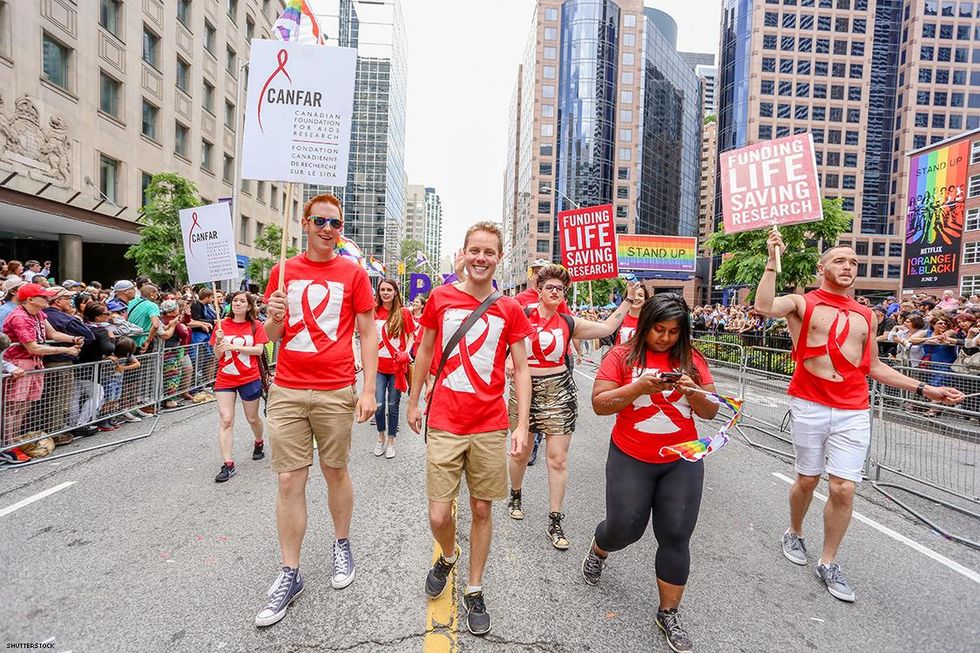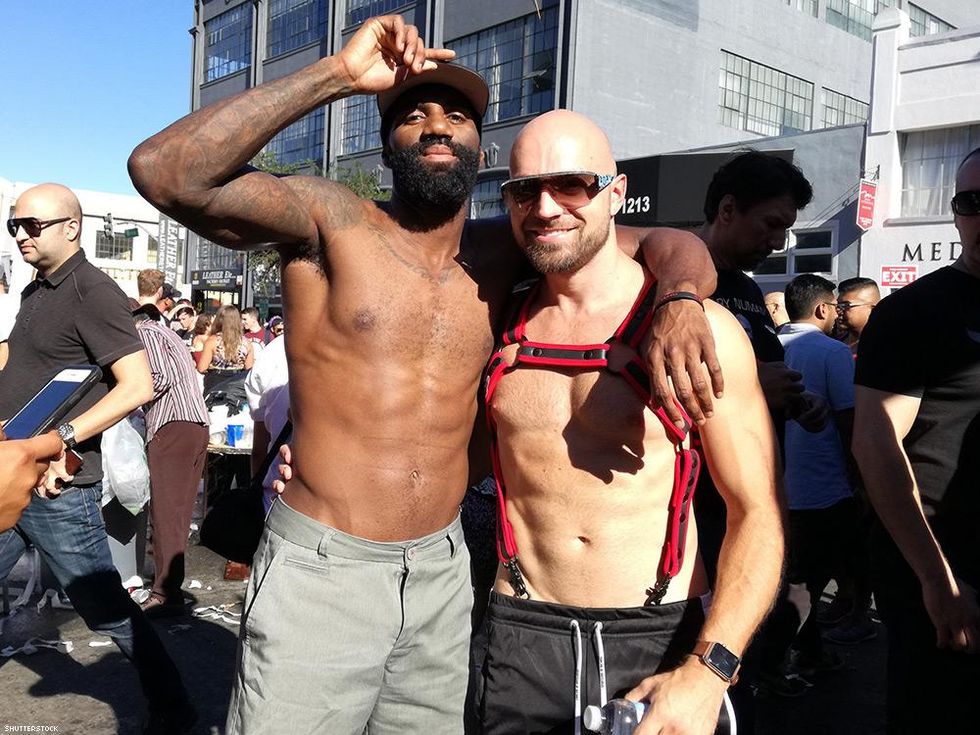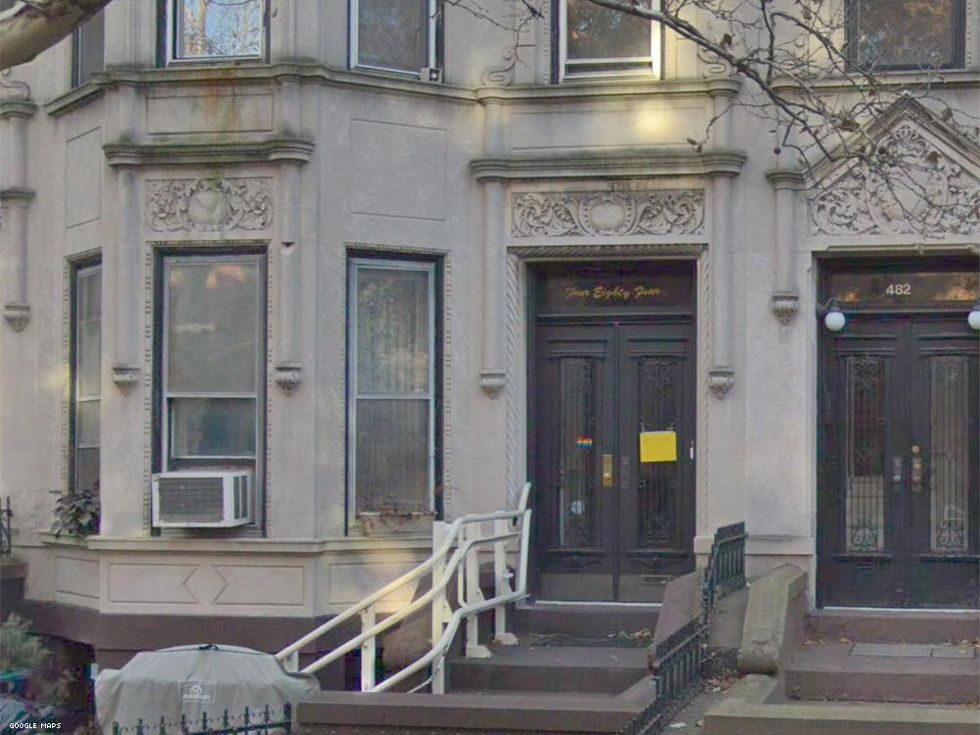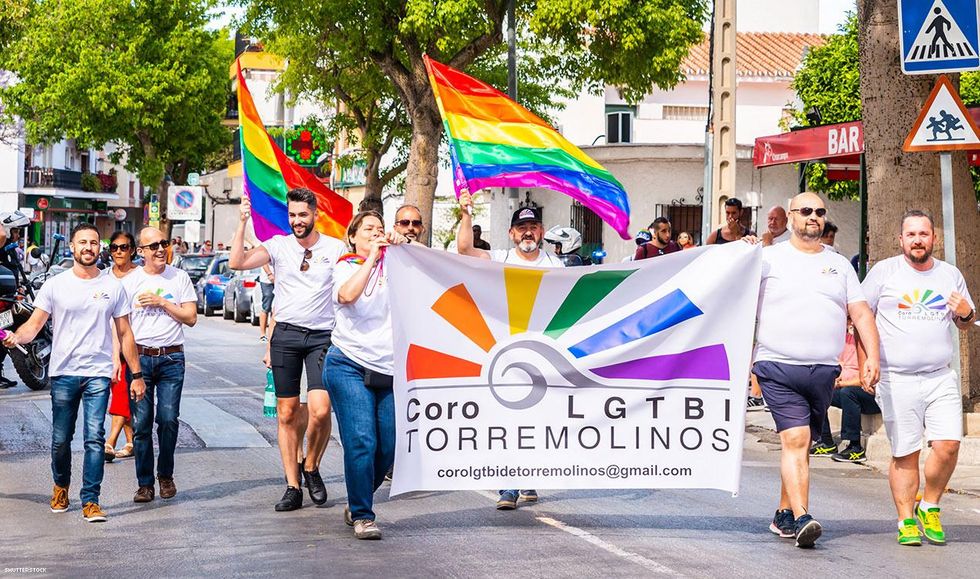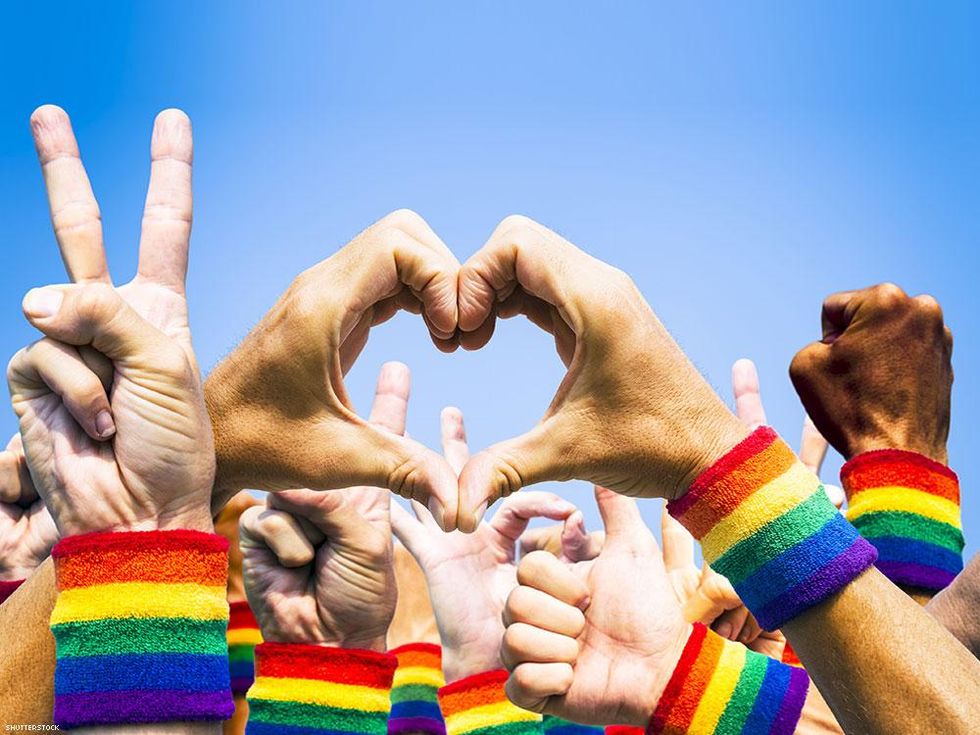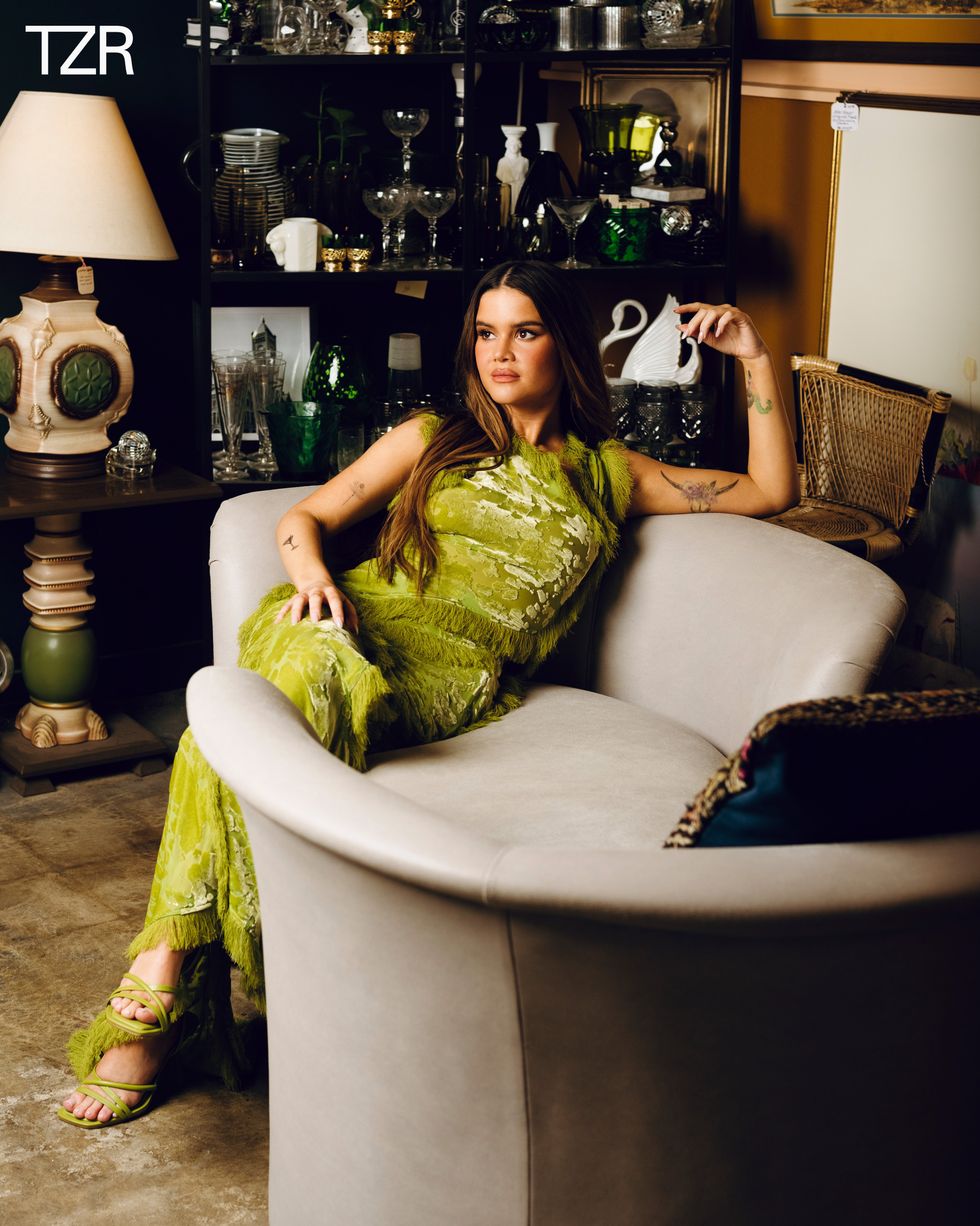Now that we’re finally giving people the space they need to be open about their gender identities and sexual preferences, we’re learning there’s a lot more to it than we may have initially thought.
There’s a lot of confusion and misinformation being spread about various identities, and sometimes it’s hard to get into the nitty-gritty of what’s true, what’s not, and how to be respectful of everybody along the way.
Among the terms gaining traction over the last decade or so is “agender,” which people often confuse for either nonbinary or asexual, which are not all mutually exclusive.
Keep reading for some information on what agender is, what it’s not, how it relates to similar terms and how you can support the agender community.
What is agender?

AndreOneGin/Shutterstock
Being agender is defined as “of, relating to, or being a person who has an internal sense of being neither male nor female nor some combination of male and female” or “of, relating to, or being a person whose gender identity is genderless or neutral.”
Some people who identify as agender say they have a “lack of gender” or refer to themselves as “gender-neutral,” and it falls under the umbrella terms regarding nonbinary and transgender individuals.
How is agender any different from nonbinary?

Inside Creative House/Shutterstock
There are a lot of similarities between being agender and being nonbinary, and “agender” is an umbrella term as it is. Part of the confusion stems from both gender identities rejecting the idea of the binary spectrum that says people have to be either male or female in their gender.
However, people who are nonbinary usually view themselves on a wider spectrum of gender and reject societal norms more than anything. Agender people, on the other hand, are more apt to remove themselves completely from the gender spectrum or the gender binary.
Is agender the same as transgender?

Mariano Gaspar/Shutterstock
The same as how “transgender” and “nonbinary” can wrongfully be confused, “agender” and “transgender” are not mutually exclusive. Transgender individuals do not align with the sex assigned to them at birth, and often undergo rigorous hormone therapy and painful surgical processes known as “gender reassignment surgery” to bring their body and their identity into alignment.
As agender people do not feel aligned with any gender, it is unlikely, though not impossible, that they will go to such lengths. However, “agender” still falls under the umbrella term for “transgender,” though the label is yours to choose.
Are agender and neutrois the same thing?

Jacob Lund/Shutterstock
The use of “agender” is often coupled with the term “neutrois,” which is when a person sees themselves as neither man nor woman and has no gender to express. Though similar in definition, they are not quite the same thing. Those who identify as agender do not identify with any gender, whereas those who define as neutral feel their gender is neutral.
Another viewpoint centers around sex and gender and includes gender dysphoria, which is feeling discomfort or distress when your gender doesn’t align with your sex at birth. People who are agender or neutrois can experience gender dysphoria, but the “lack of gender” agender individuals experience may give them less anxiety.
I’m still a little confused — how is this different than gender nonconforming, gendervoid, or genderqueer?

Sabrina Bracher/Shutterstock
There are a lot of identities and terms to keep up with, and it’s totally understandable if you have a hard time keeping everything straight (no pun intended). Here’s a brief overview of other terms agender gets confused with, and what makes them a little different:
- Gender nonconforming: Gender nonconforming individuals reject societal expectations from gender. However, although most people who identify as agender fall under the nonconforming category, those who identify as nonconforming are not necessarily agender.
- Gendervoid: In terms of gendervoid, both are similar in that they are characterized by a lack of gender. However, those who identify as gendervoid describe a “void” that exists where their gender identity would otherwise be. Some argue that these terms are interchangeable, but it comes down to personal preference.
- Genderqueer: As with gender nonconformity, genderqueer includes all gender identities that differ from the gender binary. As with gendervoid, the use of the term “genderqueer” interchangeably with “agender” is totally up to you.
How does asexuality fit into this?

Dima Sobko/Shutterstock
People often confuse “agender” and “asexual,” and while it’s understandable, it isn’t accurate.
This isn’t as much about the debate of sex versus gender as it is about sexual attraction as a whole. People who are agender can still find sexual attraction in other people, whereas asexual people do not. Agender people can experience any type of sexual attraction toward anybody of any gender identity or expression.
Additionally, asexuality doesn’t have anything to do with gender identity, although individuals who identify as asexual might not identify as cisgender as frequently. They are, of course, free to identify with any gender they choose. People who are agender can also be asexual and vice versa; they just are not automatically mutually exclusive.
Where did the "agender" term originate?
Sunflowerr/Shutterstock
Prior to the “agender” definition, a 1997 paper in the International Journal of Transgenderism stated that any “individual of any genetic sex may also regard him-herself as […] an ungendered person, who does not or will not identify with any conventional gender,” and formally introduced the idea of genderless people.
However, the term “agender” didn’t start gaining traction until it was mentioned in a list of valid nonbinary identities in the 2013 book Sexuality and Gender for Mental Health Professionals: A Practical Guide.
In 2014, Salem X — also known as “Ska” or their Tumblr username “transrants” — created the flag that includes a mix of black, grey, white, and green colors. The black represents the absence of gender, the grey represents partial gender, and the green represents a gender that isn’t relatable to male or female.
That same year, it also became one of the 56 genders made available on Facebook, and was added to the dictionary the following year.
How can I support my agender friends, or where can I learn more for myself?

PitukTV/Shutterstock
Regarding supporting your friends and loved ones, whether you identify as agender or not, always be careful with pronouns. If you’re unsure, just ask, but be mindful about your approach so as not to offend.
Also, simply holding space can sometimes do more than you’ll ever know.
If you want to learn more for yourself or your friends and loved ones, here are a couple of great sources:
- Neutrois is a great go-to for anyone who thinks they may be neutrois, agender, or anything in between.
- The Trevor Project has is a great guide to exploring all types of identities and expressions.
- Genderqueer.me provides an exhaustive list of resources on gender and identity.
- PFLAG also has lists of books, articles, and other resources for valuable insight.





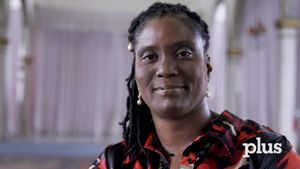






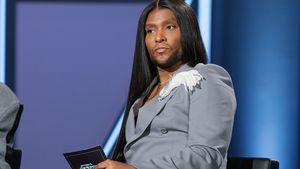
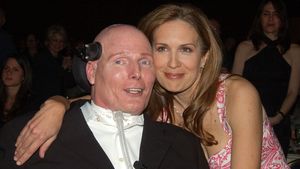


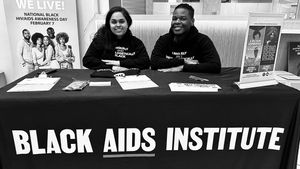






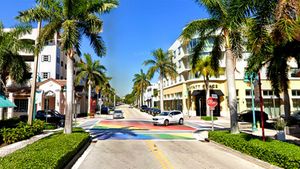




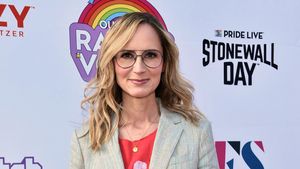



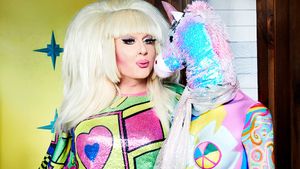










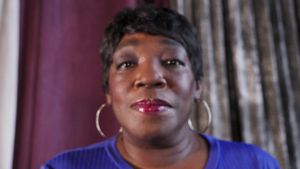
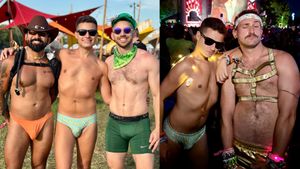
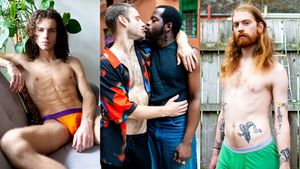

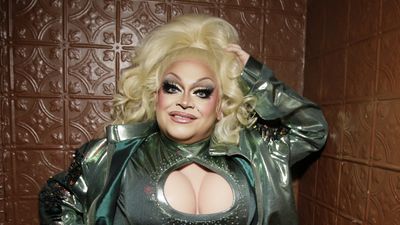
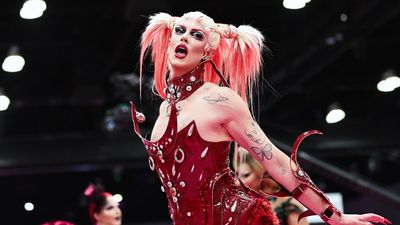


 A couple kisses in the middle of the street during the Christopher Street Day ; Men seen kissing during the 2023 Pride Barcelona Parade.Yerchak Yauhen/SOPA Images/LightRocket via Getty Images; imone Boccaccio/SOPA Images/LightRocket via Getty Images
A couple kisses in the middle of the street during the Christopher Street Day ; Men seen kissing during the 2023 Pride Barcelona Parade.Yerchak Yauhen/SOPA Images/LightRocket via Getty Images; imone Boccaccio/SOPA Images/LightRocket via Getty Images
